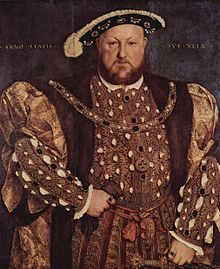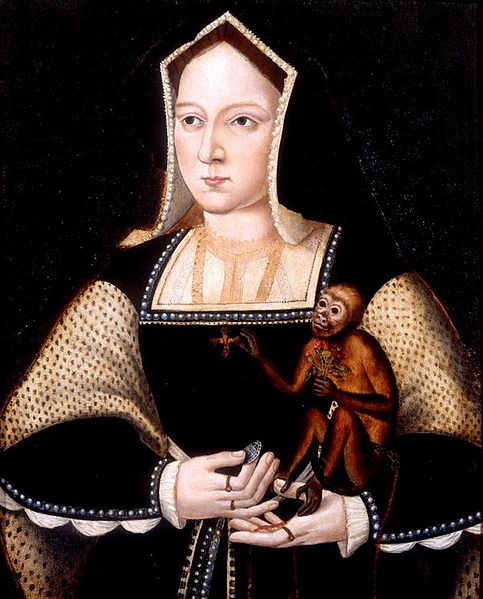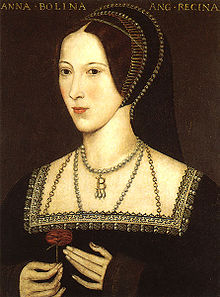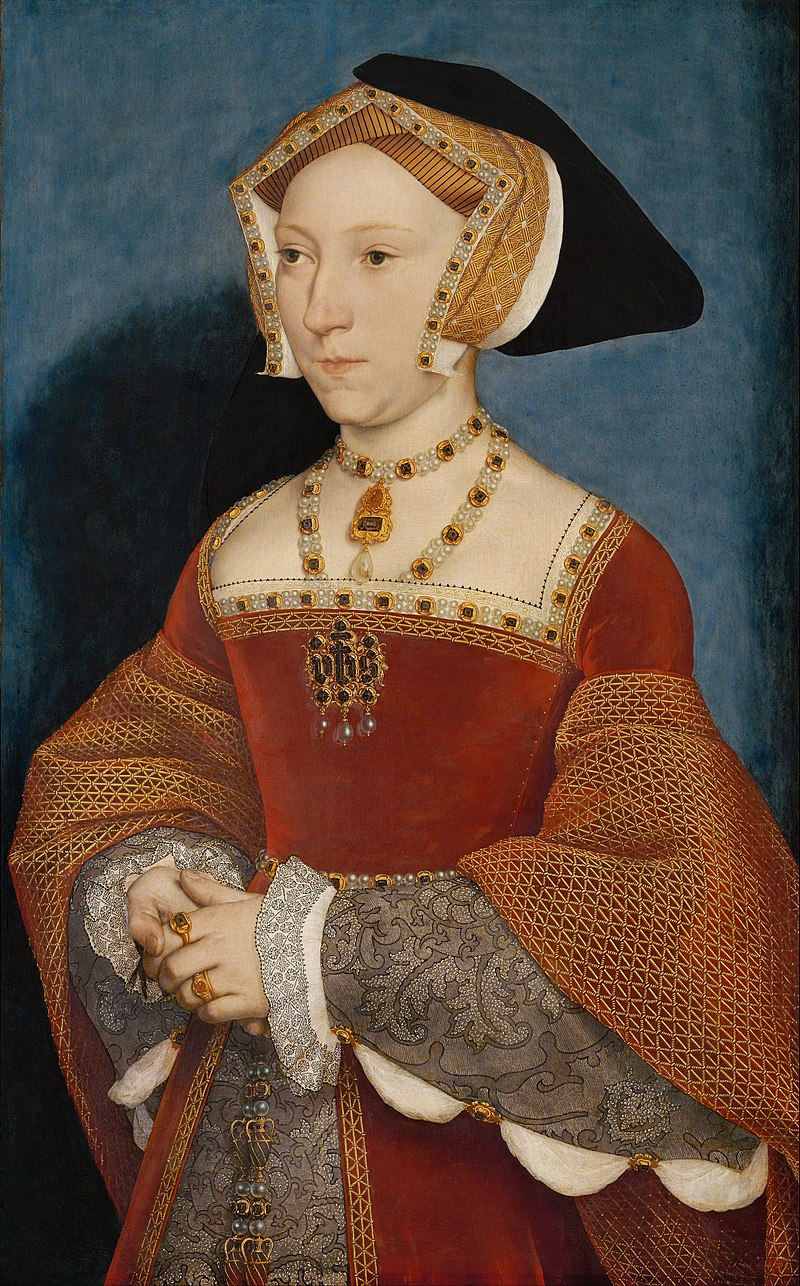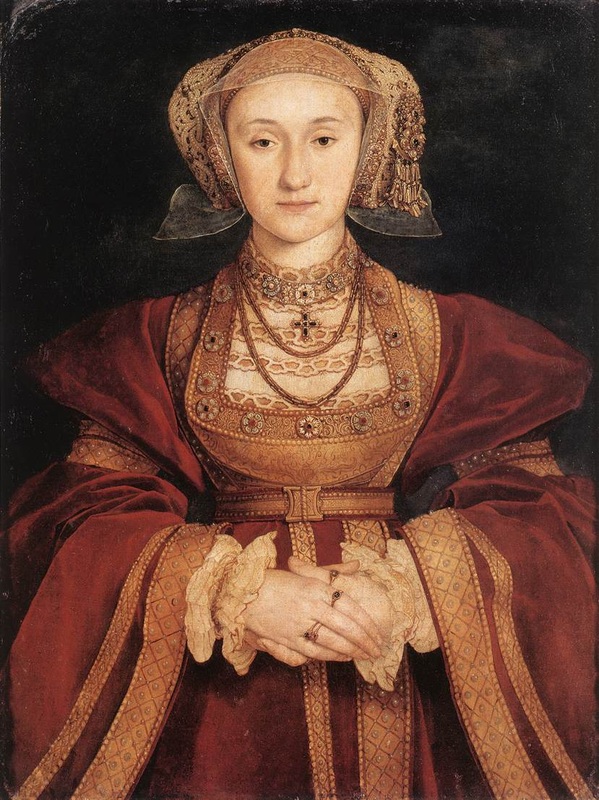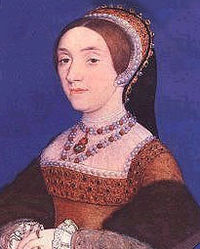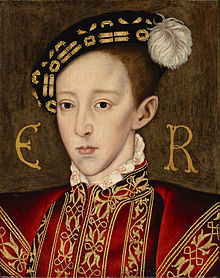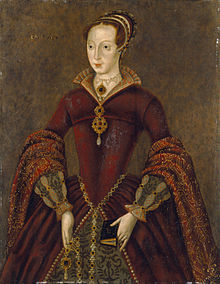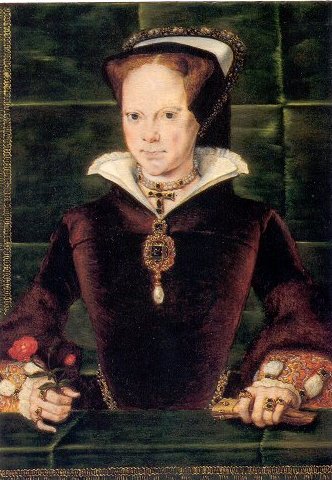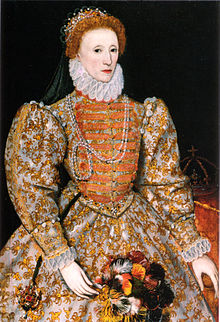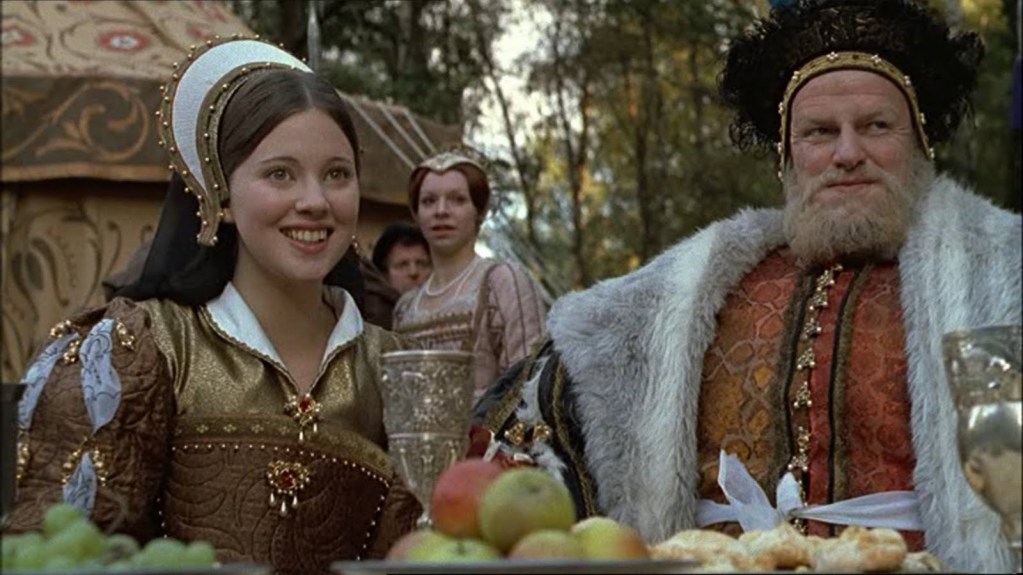 Catherine Howard and Henry VIII, from 'Henry VIII and His Six Wives', 1972.
Catherine Howard and Henry VIII, from 'Henry VIII and His Six Wives', 1972. - Catherine of Aragon (married from 1509-1533, ended in annulment and banishment)
- Anne Boleyn (married from 1533-1536, ended in her beheading)
- Jane Seymour (married from 1536-1537, ended in her death following childbirth)
- Anne of Cleves (married for six months in 1540, ended because Henry was not attracted to her)
And so, he turned his eye to the young, vivacious, and beautiful Catherine Howard. The young woman had been placed in the household of Henry's fourth wife, the German-born Anne of Cleves, upon her arrival in England seven months prior. Catherine's uncle, the notoriously powerful and ambitious third Duke of Norfolk, was no stranger to propping his nieces up in front of the king (he had assisted heavily in his elder niece, Anne Boleyn's rise several years prior). While it may not have been his immediate intention to situate Catherine to be Henry's next wife (after all, Anne of Cleves had just arrived and no one could have predicted that the king would send her away again by mid-summer), it might be more likely that the duke intended for Catherine to become the king's mistress. Such a position would still have been a powerful and advantageous one for the Howard family, and certainly more likely than the idea of marriage.
But Henry's head was turned from the earliest days of Catherine's arrival at court. Upon meeting his new bride, he was instantly repulsed and infamously had zero interest in consummating the union. It's no surprise then that he noticed the teenaged Catherine, who likely looked even more dazzling and enticing next to his unattractive new wife.
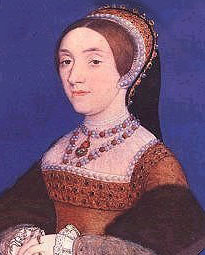 Catherine Howard, c. 1540 (taken from Wikimedia)
Catherine Howard, c. 1540 (taken from Wikimedia) On this day, the two were married at Oatlands Palace by Bishop Edmund Bonner. This was the very same day that Henry's former right-hand man and facilitator of his previous marriage, Thomas Cromwell, was executed on Tower Hill. Upon the wedding ceremony, Catherine adopted her royal motto (as all queens did), and chose the phrase 'No other will but his' - an ironic one, given her infidelity and treason within the next two years. The marriage would not be formally made public until 8 August, and so the newlyweds were afforded some private time to enjoy a quiet honeymoon of sorts - and we can only imagine that this was more pleasing to Henry than it was to Catherine.
I won't dive into the logistics of the marriage from this point forward, as there are other blog posts on this website devoted to such topics. On this day, anyway, members of the court could have been led to believe that the marriage between Henry and Catherine would be a successful and happy one. A seventeen-year-old would surely prove fertile and amorous enough to provide England with more heirs, and her youth and beauty would keep the ageing, increasingly-ill-tempered king a bit happier. Little could everyone have known that Catherine would betray Henry within the next year, consigning herself to the same fate as her cousin, Anne Boleyn.

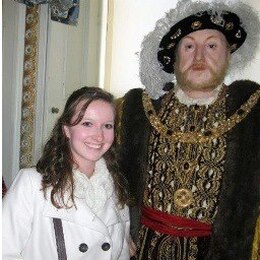
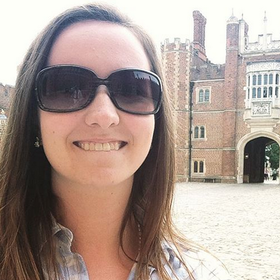


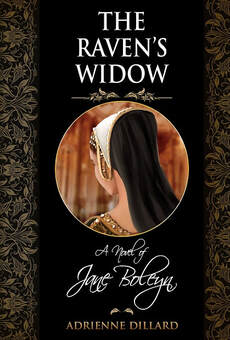

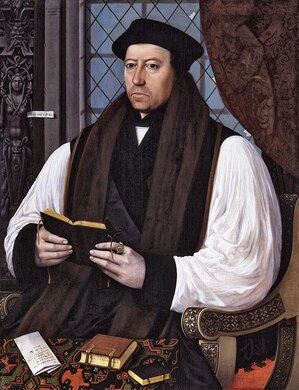
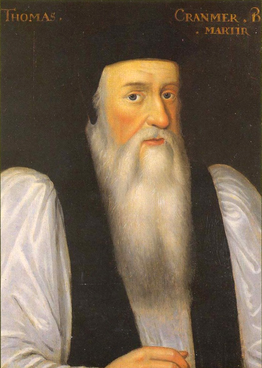
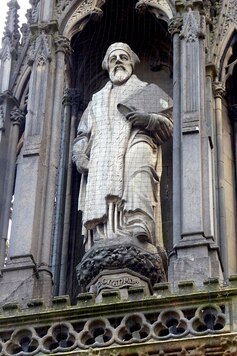

 RSS Feed
RSS Feed
